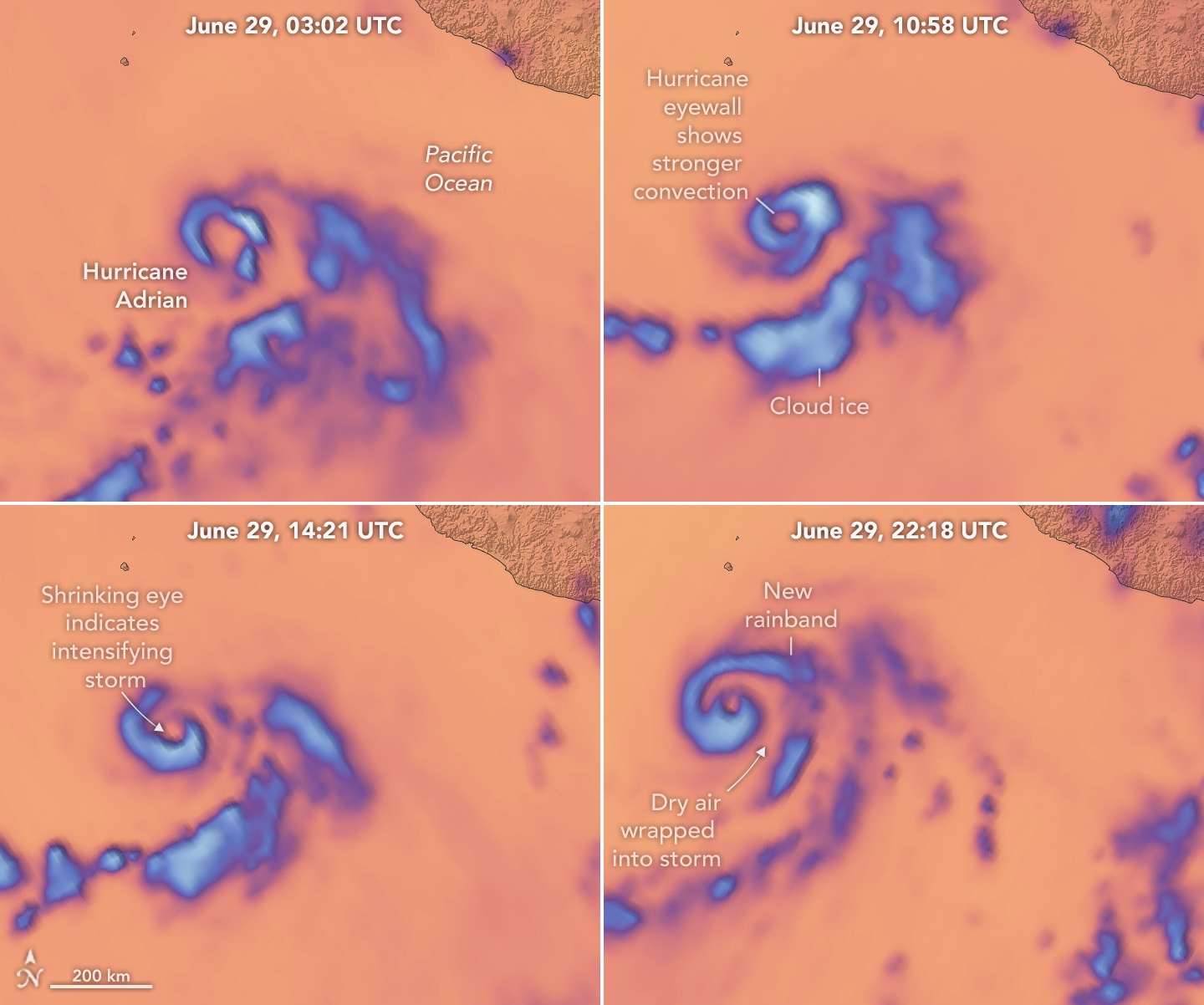LOGAN, Utah — A quartet of cubesats launched in May to monitor the development of tropical storm systems is working just in time to support monitoring of the Atlantic hurricane season.
Four cubesats for NASA’s Time-Resolved Observations of Precipitation structure and storm Intensity with a Constellation of Smallsats (TROPICS) mission launched on a pair of Rocket Lab Electron rockets May 7 and May 25. The satellites have been undergoing tests of their main instruments, microwave radiometers to collect temperature and humidity data on tropical storms.
Since the launches, the mission has been working to calibrate and validate the data from those instruments, said William Blackwell, principal investigator for TROPICS at MIT’s Lincoln Laboratory, during a presentation at the Small Satellite Conference here Aug. 5. “We’re in the throes of getting the constellation optimized for hurricane season,” he said, with data available to the general public within a couple months.
Initial analysis of the data from the four satellites is promising, as well as observations from a prototype satellite, TROPICS Pathfinder, launched in 2021. “It’s working just like we hoped it would work,” he said of data from the older satellite. “We’ve got some really high-quality data of a lot of tropical cyclones.”
Satellites have flown microwave instruments for decades, but typically on large satellites that can only revisit storms every several hours. The four-satellite TROPICS constellation, in orbits inclined at 33 degrees optimized for the tropical storm belt, can revisit weather systems every hour.
“This is really a transformative mission,” he said, as an hourly revisit rate can better track the dynamics of storm systems as they form and evolve. “This is the first high-revisit-rate microwave observations of tropical cyclones that we’ve ever had.”
In addition to the high frequency of observations, the TROPICS satellites provide high-quality data. Blackwell said the precipitation rain rate estimate derived from TROPICS Pathfinder data is better than state-of-the-art instruments on much larger spacecraft.
The TROPICS constellation is the result of more than a decade of work to develop small microwave instruments that could fit on cubesats. That included several demonstration missions to test radiometers that operate in 12 bands but could still fit within a single cubesat unit, part of a 3U cubesat.
The constellation overcame a setback in June 2022 when two cubesats were lost in an Astra Rocket 3.3 launch failure. After Astra withdrew Rocket 3.3 from the market, NASA awarded a contract to Rocket Lab to launch the remaining four satellites. NASA has not announced plans to build any additional TROPICS satellites but said that the mission can still achieve its science goals with four spacecraft.
Blackwell said the TROPICS technology is now being transferred to the private sector. Tomorrow.io plans to use microwave radiometers based on TROPICS for its constellation of 18 cubesats that will collect weather data.
